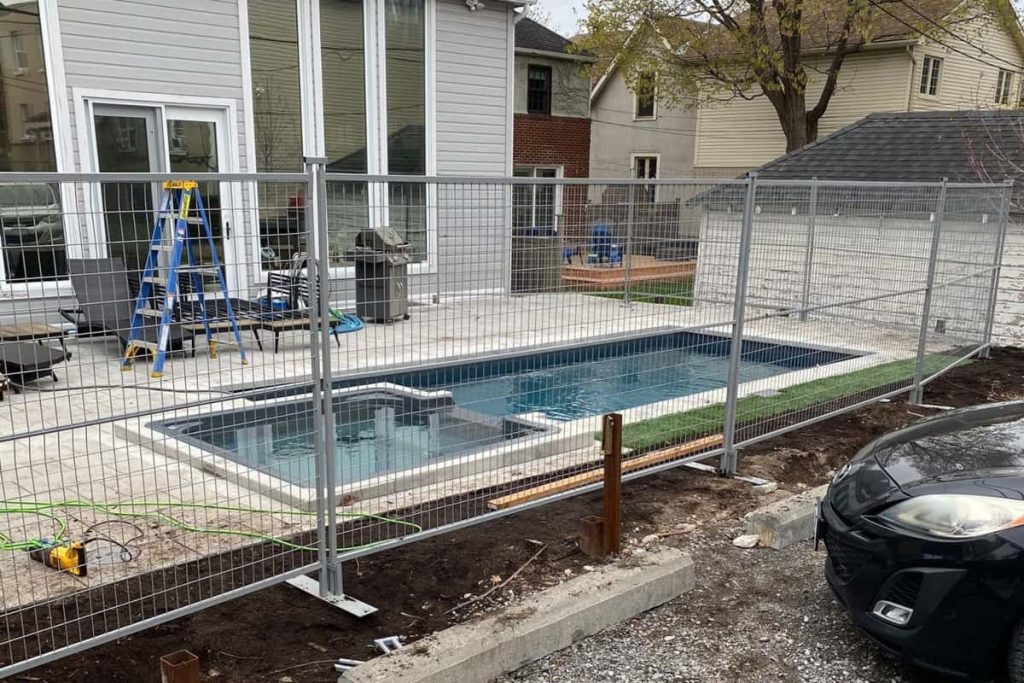Securing your construction site is more than just a safety measure it’s a necessity. When choosing temporary fences for construction, it’s important to find the right balance of security, flexibility, and compliance to keep your project running smoothly and safely. Whether you’re a contractor managing a small renovation or overseeing a major build, the right fencing can reduce liability, enhance site organization, and meet local regulations.

Why Use Temporary Fencing for Construction?
- Prevent Unauthorized Access: Keep trespassers and potential vandals off-site.
- Ensure Worker & Public Safety: Create safe zones for construction teams and passersby.
- Stay Compliant: Meet local bylaws and construction safety standards.
- Streamline Project Flow: Designate equipment zones, walkways, and hazards clearly.
Best Options for Temporary Fencing
1. Portable Steel Fence Panels
- Quick to install and move
- Ideal for short-term use and fast setup
- Not recommended for high-wind areas without stabilizers
2. Wire Mesh Fencing
- Budget-friendly and visible
- Easy to install, but low privacy
- Good for perimeter definition, not for high security
3. Inground Chain Link Fencing
- Highly secure and weather-resistant
- Posts embedded into the ground
- Best for long-term projects and high-security areas
4. Plastic Temporary Fencing
- Lightweight, fast to deploy
- Best for events or low-risk zones
- Not durable in harsh weather or theft-prone areas
5. Barricade Fencing
- Brightly colored and reflective for safety
- Directs traffic and marks hazards
- Not designed for security or privacy
Choosing the Right Fence for Your Site
When evaluating temporary fences for construction, consider:
- Project Duration: Short-term vs. long-term fencing needs
- Security Level: Basic separation or high tamper resistance
- Site Terrain: Flat or uneven ground
- Weather Conditions: Will the fence withstand snow, rain, and wind?
- Regulations: Height, access points, visibility standards
Why Rent from a Professional?
Renting from a local expert like Elie’s Fencing Solutions ensures:
- Compliance with Ontario building standards
- Quick delivery, setup, and removal
- High-quality Canadian-made materials
- Flexible rental terms for your timeline
- Cost-effective pricing with free estimates
Added Benefits
- Optional privacy screens and wind barriers
- Access to related equipment like Bobcats and site barricades
- Custom configurations for unique site layouts
Final Word
Using the right temporary fences for construction not only protects your job site but also contributes to efficiency, professionalism, and peace of mind. With professional support and a range of secure options, you can keep your project safe from start to finish.
